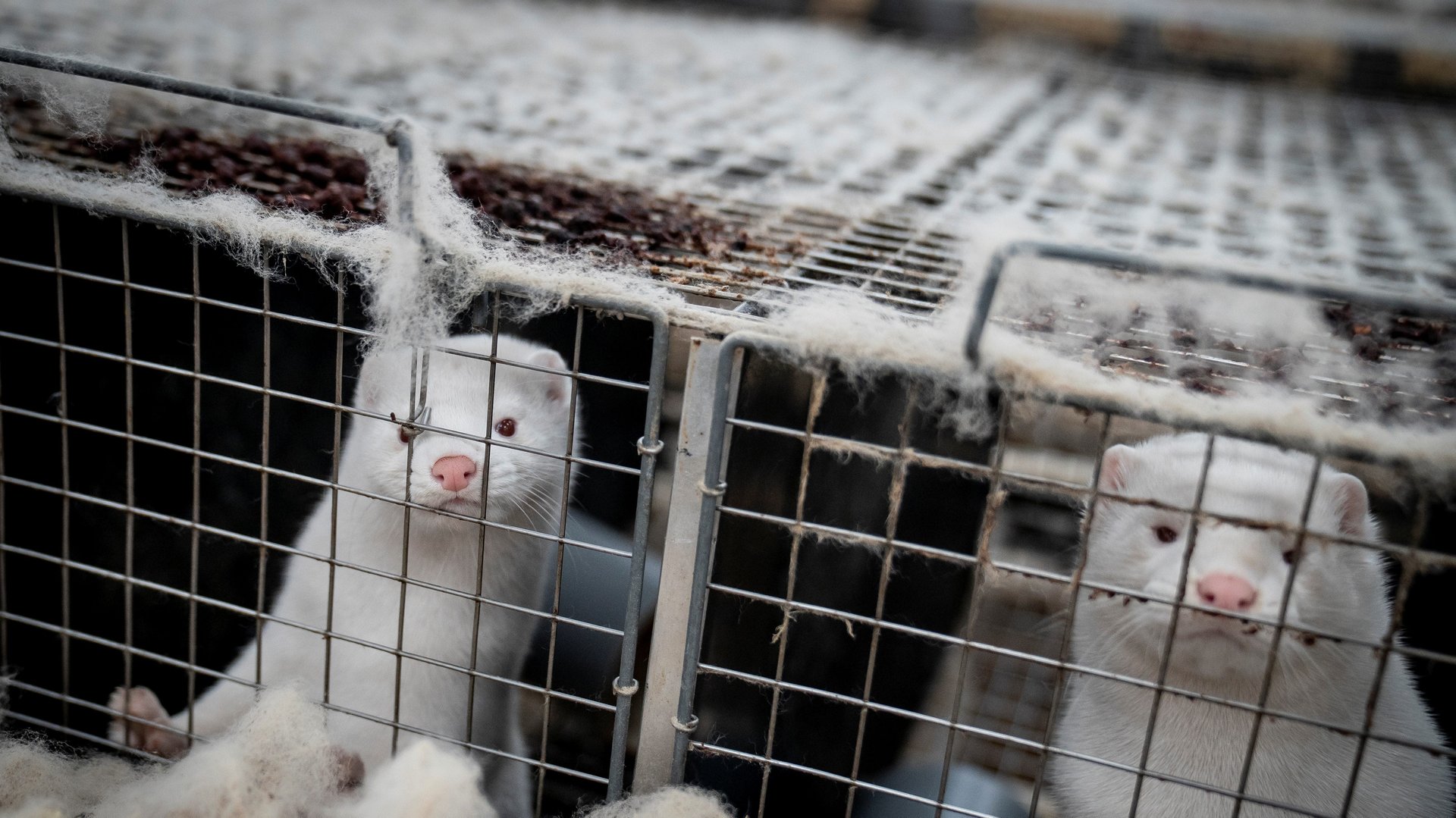Covid fears are disrupting the $30 billion global fur industry
Denmark’s push to kill millions of minks over fears the animals will spread a new coronavirus mutation is set to ripple through the global fur industry.


Denmark’s push to kill millions of minks over fears the animals will spread a new coronavirus mutation is set to ripple through the global fur industry.
Kopenhagen Fur, a cooperative of some 1,500 Danish fur farmers and the world’s largest fur auction house, has announced it will gradually shut down over a period of two to three years. Without mink production, it will have no ownership base, it says. It plans to hold a normal auction season in 2021 and will continue to have auctions in 2022, but foresees just one or two auctions in 2023.
Furs are a commodity like other raw materials. Many fur producers such as farmers and trappers will sell their pelts through auction houses to buyers and brokers who supply fashion brands. Minks are an important part of the global fur trade, valued from $24 billion (paywall) to $33 billion (paywall) in 2018, depending on the source. Last year, Denmark produced about 12.8 million mink pelts, making it the world’s top producer. ”Kopenhagen Fur’s large international customer group might of course have difficulties understanding the past week’s development in Denmark,” the organization said in a statement. “Many customers have based their entire business model on Danish mink.”
Denmark had ordered more than 15 million mink killed across the country’s farms because a new variant of the coronavirus appeared to be spreading through the animals and jumping to humans. The country called off the cull after political opponents of the ruling party challenged its legal authority to issue the order, but has still recommended farmers kill their minks. Slaughter of infected minks and those on nearby farms has already started.
Mink are so far the only known animal able to catch the virus from humans and pass it back to them, potentially with mutations. On Nov. 12, the European Centre for Disease Prevention and Control released a risk assessment noting coronavirus variants transmitted from mink could undermine the effectiveness of a vaccine as well as existing diagnosis and treatment options.
Denmark’s action will put a dent in mink production but won’t stop it. While the country is often labeled the world’s biggest mink producer, until last year China was bigger according to official statistics released by the two countries. Pei Su, cofounder and CEO of ACTAsia, an organization focused on animal welfare in Asia, says groups estimating the size of the fur industry have historically underestimated China’s output due to questions around reliability of its data. The government handed over responsibility for that data to the China Leather Industry Association in 2011, she says, which has used sound methods such as surveys and vaccination records.
Mink production plunged after a bubble of oversupply reduced prices, while demand for mink has fallen in countries such as China, the world’s biggest retail market for fur. A number of top fashion companies, such as Gucci and Chanel, have also stopped using fur in their collections.
The pandemic is further hurting demand. China is reportedly looking to protect its producers of mink and other furs by reclassifying the animals as livestock rather than wild animals, a move Humane Society International says shields the industry from pressure to stop farming wild species because of fears they could incubate and spread disease.